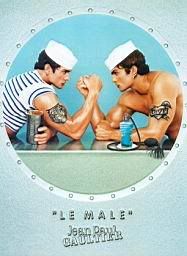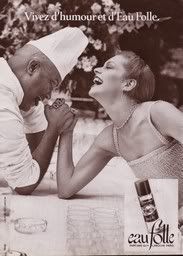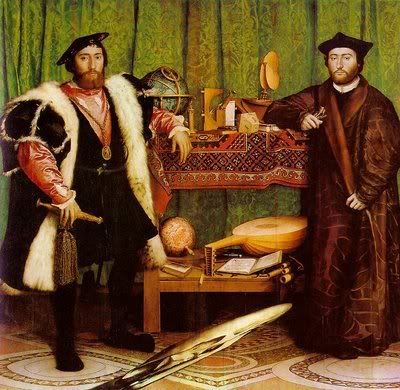The most classic example is of course the couturier's dummy by Schiaparelli for her legendary Shocking.
.jpg) The torso has a seamstress's tape on the neck and a head of flowers. Very 30s.
The torso has a seamstress's tape on the neck and a head of flowers. Very 30s..bmp) While Gaultier decided to give it a corset in his take on Jean Paul Gaultier Classique. Very 90s...
While Gaultier decided to give it a corset in his take on Jean Paul Gaultier Classique. Very 90s...
Weird shapes and precarious balances also inspire. Hermes did this tipsy bottle that sits on an angle first for Eau de Merveilles and then for Elixir de Merveilles (depicted).
Missoni liked the idea and borrowed the almost on the side, ready to fall but not quite balance on their eponymous scent and later on their Aqua by Missoni. Youth Dew is a classic by Lauder: their first fragrance. Its shape above (coming from a later design on the original bottle) is echoed though in another perfume bottle.
Youth Dew is a classic by Lauder: their first fragrance. Its shape above (coming from a later design on the original bottle) is echoed though in another perfume bottle.

Madeleine Vionnet, as a couturier, made sure she had a thimble-shaped cap on her fragrance. The rest is quite similar.
.jpg) The sketchy filigree design by Jane Birkin's hand proved successful for the ultra pared-down, functional bottle of Miller Harris L'air de Rien.
The sketchy filigree design by Jane Birkin's hand proved successful for the ultra pared-down, functional bottle of Miller Harris L'air de Rien.
Lostmarch opted for a slightly more nostaligic design on theirs, lifting the sparse bottle a bit. Laan-Ael it is.
 L'artisan Parfumeur designed new caps for all their bottles recently (Why? Completely redundant, they were perfect anyway ~OK, perhaps they needed to inject a shot of masculinity to the image of their unisex fragrances, I am hypothesizing).
L'artisan Parfumeur designed new caps for all their bottles recently (Why? Completely redundant, they were perfect anyway ~OK, perhaps they needed to inject a shot of masculinity to the image of their unisex fragrances, I am hypothesizing)..jpg) Yves Saint Laurent followed with their cap for L'Homme.
Yves Saint Laurent followed with their cap for L'Homme. Perles de Lalique has one of the most arresting bottles in their extrait de parfum, as you can see.
Perles de Lalique has one of the most arresting bottles in their extrait de parfum, as you can see. .jpg)
Until one sees the vintage parfum bottle for Arpege by Lanvin that is.....jpg) Sisley came out with a moon-cap for their Soir de Lune. After all lune does mean moon in French.
Sisley came out with a moon-cap for their Soir de Lune. After all lune does mean moon in French. But apparently Songes, which means dreams, is also tied to moon imagery, according to Annick Goutal. Good night, sleep tight...
But apparently Songes, which means dreams, is also tied to moon imagery, according to Annick Goutal. Good night, sleep tight...

Pics from osmoz, amazon, artcover, doctissimo.fr, scentedsalamander blog (for soir de lune), parfumflacons, flickr, official Miller Harris and Schiaparelli sites.
.jpg)

.jpg)
.jpg)
.jpg)
.jpg)

.bmp)


.jpg)
.jpg)
.jpg)
.jpg)

.jpg)

.jpg)
.bmp)
.jpg)

.jpg)

.jpg)
.jpg)


.jpg)








